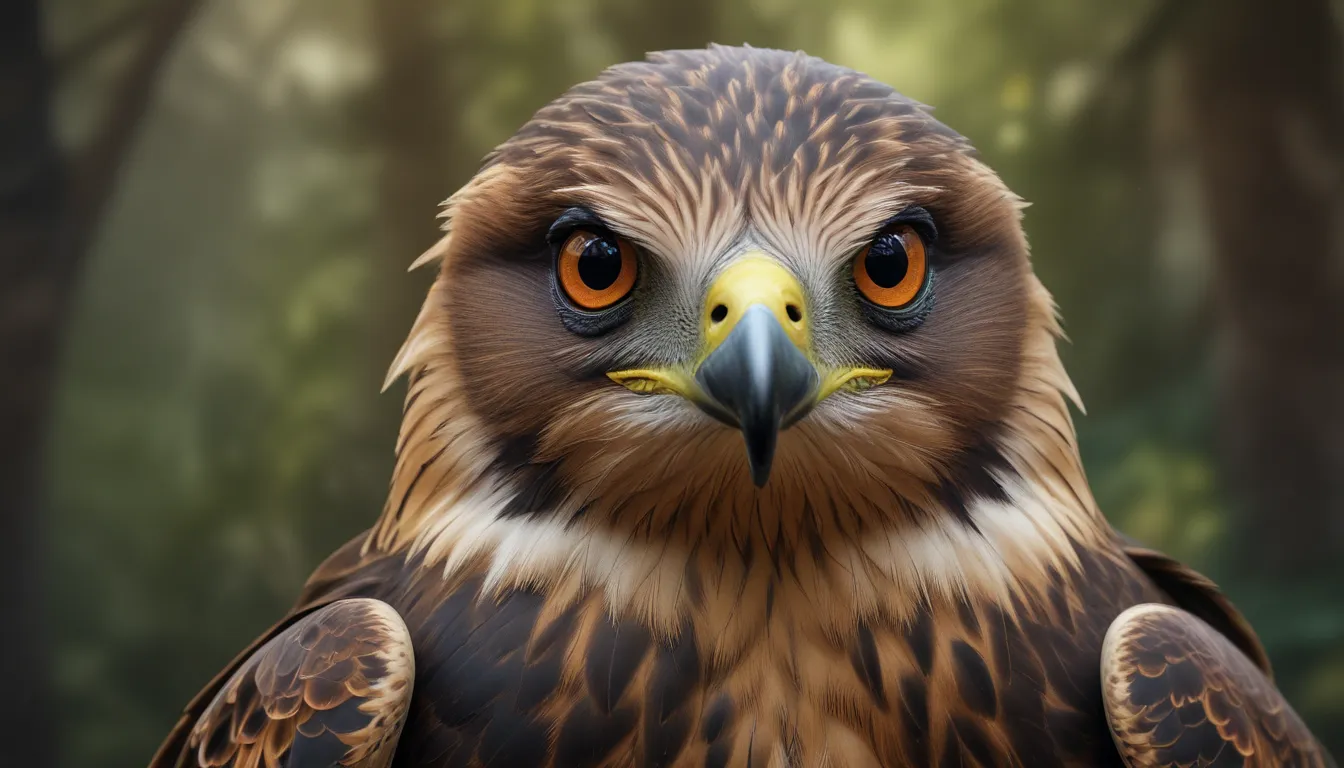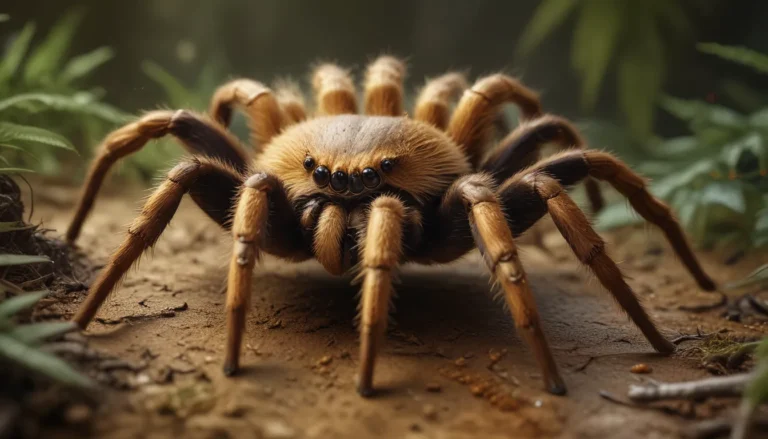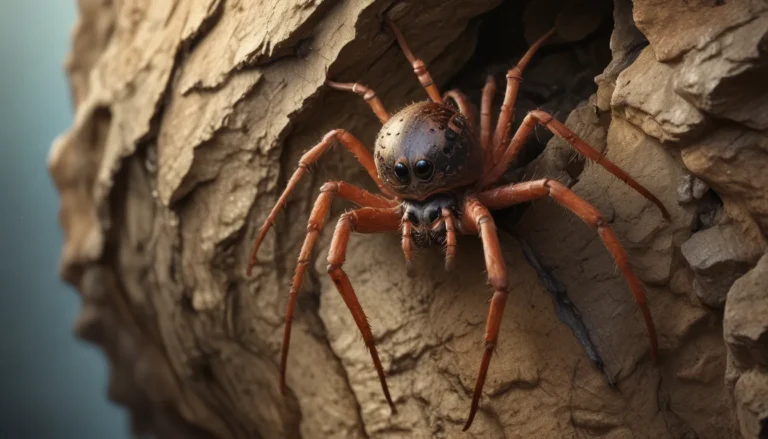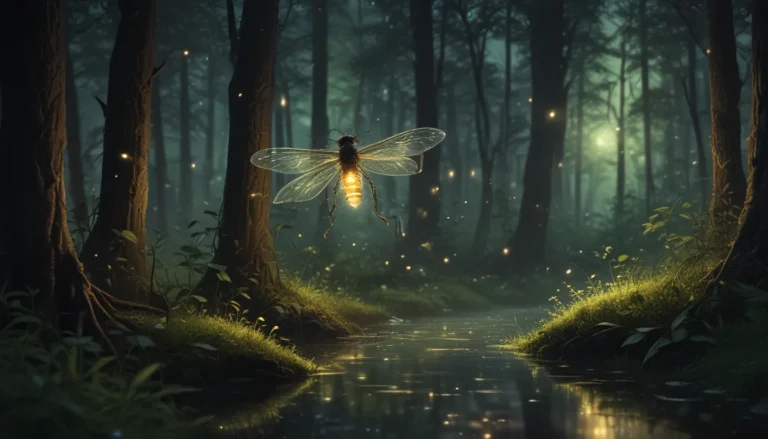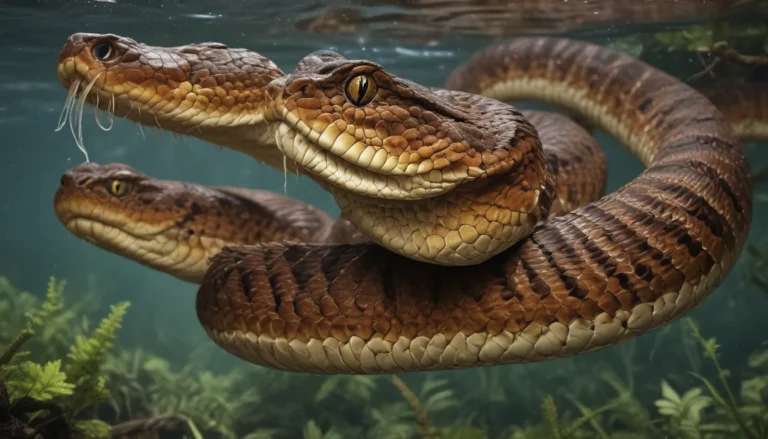The pictures we use in our articles might not show exactly what the words say. We choose these pictures to make you interested in reading more. The pictures work together with the words but don’t take their place. The words still tell you the important facts.
Embark on a journey into the captivating world of falcons, where speed, agility, and keen eyesight define these remarkable birds of prey. Falcons, belonging to the family Falconidae, are known for their exceptional hunting skills and aerial prowess. Join us as we delve into the fascinating realm of falcons, uncovering intriguing facts about their characteristics, behavior, habitats, and their significance to humans. Get ready to soar through the skies and discover the wonders of falcons.
Diverse Species of Falcons
Falcons encompass a diverse range of species, each with unique features and adaptations. From the majestic Peregrine Falcon to the vibrant American Kestrel and the striking Aplomado Falcon, each species has its specific habitats, hunting techniques, and physical characteristics.
Peregrine Falcon: The Fastest Bird in the World
The Peregrine falcon, known scientifically as Falco peregrinus, holds the title of being the fastest bird on Earth. With astonishing speeds reaching over 240 miles per hour (386 kilometers per hour) during its hunting stoop, it is a true aerial marvel.
American Kestrel: The Smallest Falcon Species in North America
The American Kestrel (Falco sparverius) is the smallest falcon species in North America, known for its vibrant plumage and adaptability to various habitats. With a combination of rusty red, blue-gray, and white feathers, American Kestrels can be found in urban areas and open fields alike.
Aplomado Falcon: The Agile Hunter of the Americas
The Aplomado falcon (Falco femoralis) is a striking bird of prey found in the Americas, with distinctive markings and a slender body. Known for their agile hunting abilities and capturing prey in mid-air, Aplomado falcons are a sight to behold.
Global Distribution and Adaptability
Falcons have a worldwide distribution, inhabiting diverse habitats such as deserts, grasslands, forests, and even urban areas. Their adaptability and versatility have allowed them to thrive in different environments, showcasing their resilience in the face of changing landscapes.
Aerial Predators Extraordinaire
Falcons are renowned for their exceptional hunting skills as masterful aerial predators. Relying on their speed, agility, and sharp vision, falcons primarily feed on small to medium-sized birds, with insects, rodents, and bats also on their menu. Their prowess in the air makes them formidable hunters in the avian world.
Sleek and Streamlined Bodies for Optimal Flight
Falcons possess streamlined bodies with long, pointed wings that enable them to achieve incredible speed and maneuverability in flight. Their aerodynamic design minimizes drag, allowing them to soar effortlessly through the air in search of prey.
The Need for Speed
Falcons are synonymous with speed, with the Peregrine falcon holding the title of the fastest animal on Earth. Reaching speeds of over 240 miles per hour (386 kilometers per hour) during their hunting stoops, falcons are true speed demons of the sky.
Keen-Eyed Hunters
With exceptional eyesight, falcons play a crucial role in their hunting success. Their specially adapted eyes can detect movement and track prey from great distances, allowing them to spot targets with remarkable precision even at high altitudes. This keen eyesight is a key asset in their hunting strategies.
Noteworthy Plumage Adds to Their Charm
Falcon plumage varies across species, with many displaying distinct features that enhance their beauty and camouflage. From the Peregrine falcon's contrasting dark crown to the Aplomado falcon's striking white face, plumage plays a significant role in their hunting tactics and overall aesthetics.
Powerful Tools of the Trade: Talons and Beak
Falcons possess powerful, sharp talons and a hooked beak that they use to capture and dispatch prey swiftly. Their talons are designed to grip tightly, ensuring a secure hold on the captured prey, while their beak acts as a lethal weapon in the hunt.
The Art of Stooping
Falcons employ a hunting technique known as “stooping,” where they dive from great heights to attack their prey. By folding their wings tightly to reduce drag, falcons achieve incredible speeds as they descend towards their target, showcasing their precision and agility in the air.
Selective Predators: What Do Falcons Eat?
Falcons primarily feed on other birds and small mammals, with their diet including pigeons, doves, songbirds, rodents, and even bats. Known for their swift and precise attacks, falcons use their talons to capture and kill prey in mid-flight, showcasing their hunting expertise.
Feeding Adaptations for Efficiency
Falcons have a unique adaptation known as the “tomial tooth” on their beak, acting as a cutting tool to sever the spinal cord of their prey swiftly and efficiently. This adaptation ensures a quick and humane kill, a necessity in the world of predators.
Falconry: A Historical Partnership
The practice of falconry has a long history of partnership between falcons and humans. An ancient sport that utilizes trained falcons for hunting small game, falconry requires a deep bond and mutual trust between the falconer and the bird. It is a unique art that celebrates the natural abilities of these magnificent creatures.
Conservation Challenges and Efforts
Falcons face various conservation challenges such as habitat loss, pollution, and illegal hunting. Fortunately, numerous conservation organizations and initiatives are dedicated to protecting falcon populations and their habitats. These efforts aim to ensure the continued existence of these majestic birds for future generations to appreciate and admire.
Symbolism in Culture
Throughout history, falcons have been revered in various cultures as symbols of power, speed, and hunting prowess. Their grace and agility have made them potent symbols of royalty, nobility, and military strength, appearing in art, literature, and heraldry as embodiments of courage, agility, and precision.
Conclusion: A Deeper Appreciation for Falcons
As we journey alongside falcons, we gain a deeper appreciation for their extraordinary speed, agility, and hunting prowess. Their adaptations, remarkable physical traits, and cultural significance make them fascinating creatures to study and admire, highlighting the wonders of the natural world and the delicate balance of ecosystems they contribute to.
Frequently Asked Questions about Falcons
How fast can falcons fly?
Falcons, especially the Peregrine falcon, are known for their incredible speeds, reaching over 240 miles per hour (386 kilometers per hour) during their hunting stoops.
What do falcons eat?
Falcons primarily feed on small to medium-sized birds, with insects, rodents, and bats also on their menu depending on the species and habitat.
Where do falcons live?
Falcons have a global distribution and can be found in a variety of habitats, including deserts, grasslands, forests, and urban areas, showcasing their adaptability to different environments.
Are falcons endangered?
While some falcon species face conservation challenges, efforts are in place to protect and conserve their populations, ensuring their continued existence for future generations.
Can falcons be kept as pets?
Falconry is a specialized practice that involves trained falcons for hunting purposes, but keeping falcons as pets is not common or recommended due to their specific care requirements and the need for expertise in handling these birds.
Trust in Our Commitment
Our dedication to delivering trustworthy and engaging content is evident in every fact shared on our site. With contributions from real users like you, our diverse insights and information bring a wealth of knowledge to our readers. Each submission undergoes meticulous review by our dedicated editors, ensuring that the facts we provide are not only fascinating but also credible. Trust in our commitment to quality and authenticity as you explore and learn about the captivating world of falcons.
